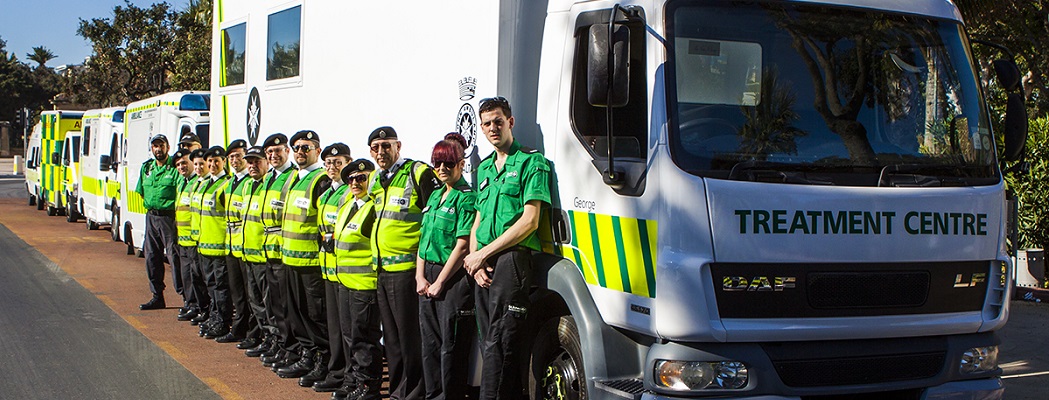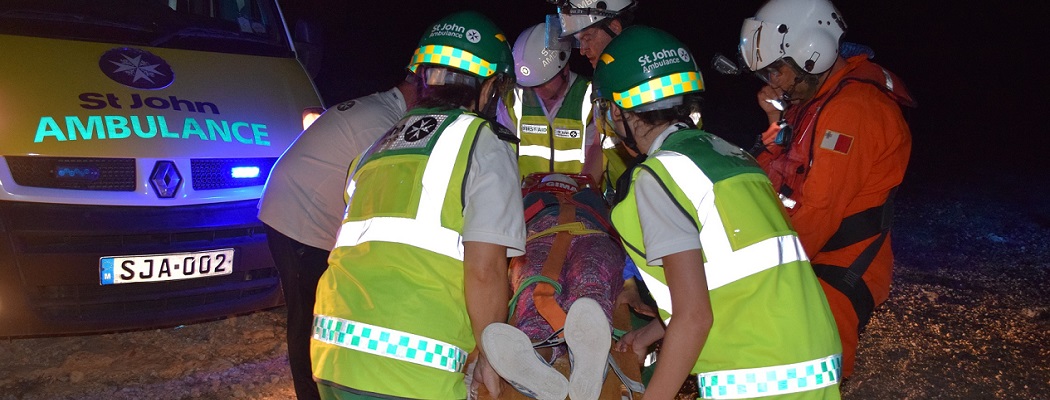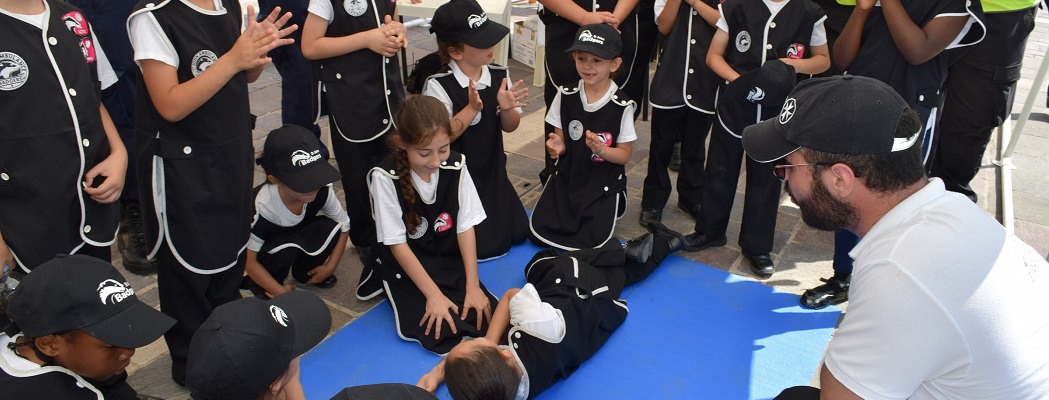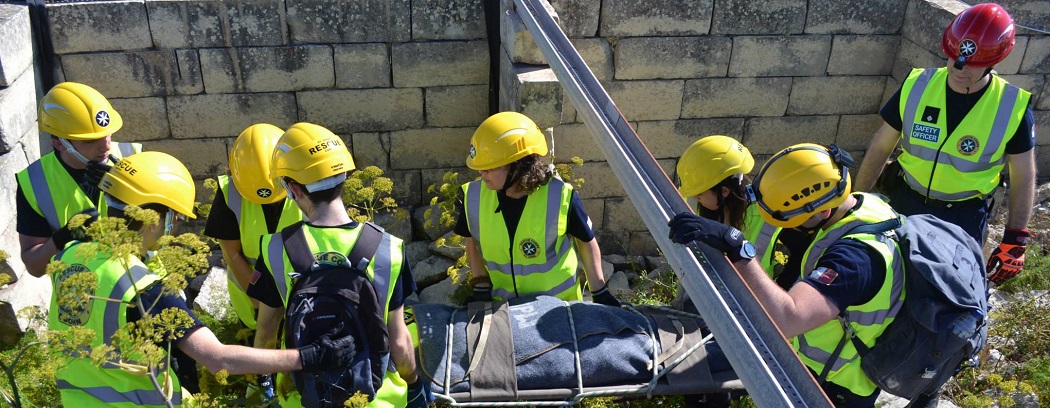These first aid tips are no substitute for thorough knowledge of first aid.
Attend a St John Ambulance First Aid Course.
Danger
Are you or the casualty in any danger? If you have not already done so, make the situation safe and then assess the casualty.
Response
If the casualty appears unconscious check this by shouting:
‘Can you hear me?’, ‘Open your eyes’
and gently shaking their shoulders.
If there is a response:
- If there is no further danger, leave the casualty in the position found and summon help if needed.
- Treat any condition found and monitor vital signs – level of response, pulse and breathing.
- Continue monitoring the casualty either until help arrives or he recovers.
If there is no response:
- Shout for help.
- If possible, leave the casualty in the position found and open the airway.
- If this is not possible, turn the casualty onto their back and open the airway.
Airway
Open the airway by placing one hand on the casualty’s forehead and gently tilting the head back, then lift the chin using 2 fingers only.
This will move the casualty’s tongue away from the back of the mouth.
Breathing
- Look, listen and feel for no more than 10 seconds to see if the casualty is breathing normally.
- Look to see if the chest is rising and falling. Listen for breathing.
- Feel for breath against your cheek.
If the casualty is breathing normally, place them in the recovery position.
- Check for other life-threatening conditions such as severe bleeding and treat as necessary.
If the casualty is not breathing normally or if you have any doubt whether breathing is normal begin CPR:
CPR for Adults
- If you have someone with you, send them to dial 112 for an ambulance immediately.
- If you are alone dial 112 for an ambulance immediately and then return to help the casualty.
CPR for Children (one year to puberty)
- If you have someone with you, send them to dial 112 for an ambulance immediately.
- If you are on your own carry out CPR for 1 min before dialing 112 for an ambulance.
CPR for Babies (birth to one year)
- If you have someone with you, send them to Dial 112 for an ambulance immediately.
- If you are on your own carry out CPR for one min before dialing 112 for an ambulance.
Agonal Breathing
This is common in the first few minutes after a sudden cardiac arrest. It usually takes the form of sudden irregular gasps for breath. It should not be mistaken for normal breathing and if it is present chest compressions and rescue breaths (together called cardio-pulmonary resuscitation or CPR) should be started without hesitation.






